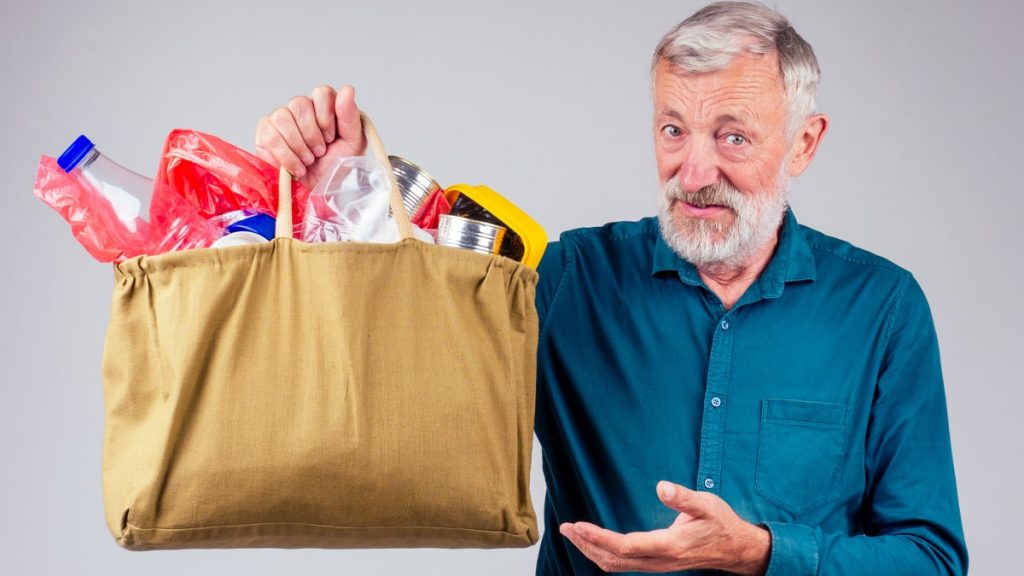Alright, let’s cut to the chase. You’ve been patting yourself on the back for all those eco-friendly moves, thinking you’re the superhero the planet needs. But what if we told you some of those habits are more like the plot twists in a badly written movie, where the hero is actually not helping at all? As we unpack these so-called green habits, prepare for some eye-opening revelations. It’s all about the eco-friendly missteps we’ve been taking, thinking we’re saving the world. Here’s the spoiler: It’s not all green pastures and clear skies.
Recycling Printed Paper
Thought you were saving the planet by recycling all your paper? As it turns out, recycling paper isn’t always the environmental high-five we think it is. The process can be water and energy-intensive, leading to more pollution. Ouch.
Using Biodegradable Bags
Even if opting for biodegradable bags sounds like a dream, it’s not. These supposedly environmentally friendly items often require specific conditions to break down, and when they don’t meet these, they just chill in landfills alongside their plastic cousins. Not so dreamy after all.
Drinking from Paper Straws
Sipping your drink through a paper straw feels like a good deed. But the irony is that they often come wrapped in plastic. Plus, they usually end up a soggy mess. Double fail.
Buying Electric Cars
Electric cars are the future, but there’s a catch. The production of their batteries is a heavy hitter in environmental impact, requiring loads of resources and emitting significant CO2. Vroom vroom? More like gloom gloom.
Choosing Almond Milk
Almond milk is the non-dairy hero for many, but it’s thirsty work. Almonds require a ton of water to grow, which isn’t great news for water-scarce regions. Milk might just be the lesser of two evils here.
Installing Solar Panels
Harnessing the power of the sun sounds idyllic until you consider the manufacturing and disposal of solar panels. Toxic chemicals and a hefty carbon footprint make this a cloudy choice.
Using Eco-Friendly Lightbulbs
While they use less energy, the production of eco-friendly lightbulbs often involves hazardous materials. Plus, they can be tricky to recycle, so it’s lights out on this idea.
Composting Bioplastics
Bioplastics sound revolutionary, but composting them isn’t as straightforward as it seems. Many require industrial composters to break down, which most of us don’t have access to. So, they end up acting like regular plastic.
Adopting Fast Fashion Recycling Programs
Recycling your fast fashion items might ease the guilt, but it doesn’t always mean your clothes are getting a second life. Many donated clothes end up in landfills anyway, making this a not-so-chic choice.
Going for Reusable Cotton Bags
Reusable bags are in, but cotton ones need to be used hundreds of times to offset their production impact. If you’re not using them for the long haul, it’s a miss.
Eating Organic Foods
Organic farming avoids pesticides, which is great, but it also yields less produce. This means it requires more land to grow the same amount of food, leading to deforestation and habitat loss. A tricky trade-off.
Opting for Bamboo Products
Bamboo is the fast-growing darling of eco-products, but the rush to produce it often leads to monoculture practices, which hurt biodiversity. Plus, processing bamboo into products isn’t always clean and green.
Choosing Cloth Diapers
The diaper debate is real. Cloth diapers save on waste, but they need frequent washing at high temperatures, using lots of water and energy. It’s a diaper dilemma.
Planting Trees Indiscriminately
Planting trees feels like the ultimate eco-action, but without considering local ecosystems, it can lead to non-native species overpowering local ones, disrupting biodiversity. It’s not just the thought that counts.

